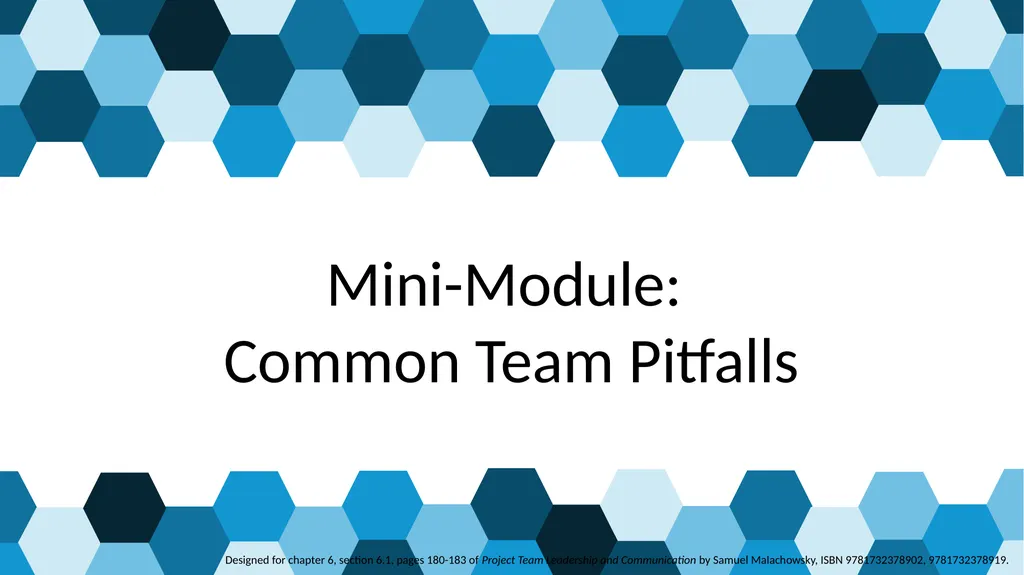
Designed for chapter 6, section 6.1, pages 180-183
Author: tawny-fly | Published: 2025-05-29
Description: Designed for chapter 6, section 6.1, pages 180-183 of Project Team Leadership and Communication by Samuel Malachowsky, ISBN 9781732378902, 9781732378919. Mini-Module: Common Team Pitfalls Team members spend excess time analyzing and
Download Presentation
Download the PPT/PDF: Download
Transcript:
Loading transcript…